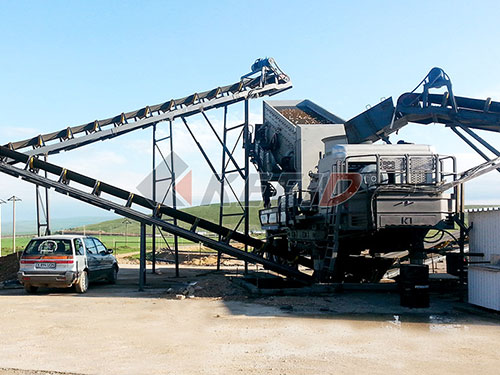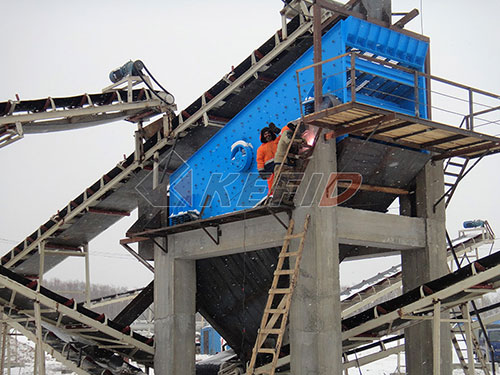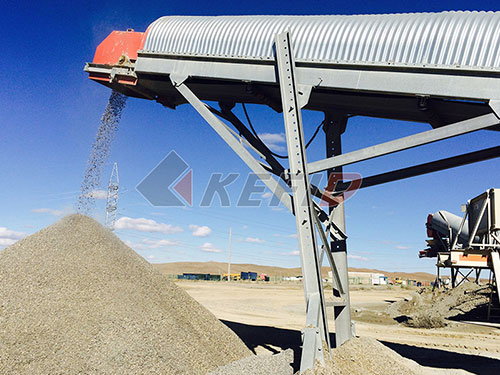Demystifying the Mass: Calculating Kilograms in 1 Cubic Meter of Crusher Run

The question “How many kilograms are in 1 cubic meter of Crusher Run?” is fundamental for anyone involved in construction, landscaping, road building, or DIY projects requiring this versatile aggregate. While seemingly simple, arriving at an accurate answer requires understanding the nature of crusher run itself and the factors influencing its density. This article delves deep into the conversion from cubic meters (m³) to kilograms (kg), providing not just a number, but the essential knowledge to calculate it reliably for your specific needs.
Understanding Crusher Run: The Backbone Material
Crusher run, often known as quarry process (QP), dense grade aggregate (DGA), or road base, is a workhorse material in construction. It’s not a single-sized stone but rather a carefully blended mixture of crushed stone particles ranging from fine dust (often called “fines”) up to a specified maximum size, typically between 19mm (3/4 inch) and 25mm (1 inch). This blend is precisely engineered to achieve maximum compaction and interlock when mechanically compressed.
Composition: Produced by crushing larger rocks (granite, limestone, trap rock being common sources) through primary and secondary crushers. The resulting material includes angular fragments and fines.

Properties:
Compaction: Its defining characteristic. When properly laid and compacted with heavy machinery like vibratory rollers or plate compactors, the angular particles lock together tightly. The fines fill the voids between larger stones, creating an exceptionally dense and stable matrix.
Stability: Provides excellent load-bearing capacity due to its density and interlock.
Drainage: While compacted crusher run is relatively impervious compared to clean stone due to the fines content, its un-compacted state allows some water passage. Properly graded versions manage water effectively within sub-base layers.
Versatility: Used extensively as a foundational layer beneath pavers, asphalt driveways/roads, concrete slabs (“slab on grade”), parking lots, building pads (“hardcore”), pipe bedding/fill (“backfill”), erosion control on slopes (“riprap” foundation), temporary access roads (“haul roads”), and even as a low-maintenance driveway surface itself.
The Core Challenge: Volume vs. Mass
The question hinges on converting volume (cubic meters – m³) to mass (kilograms – kg). This

Leave a Reply